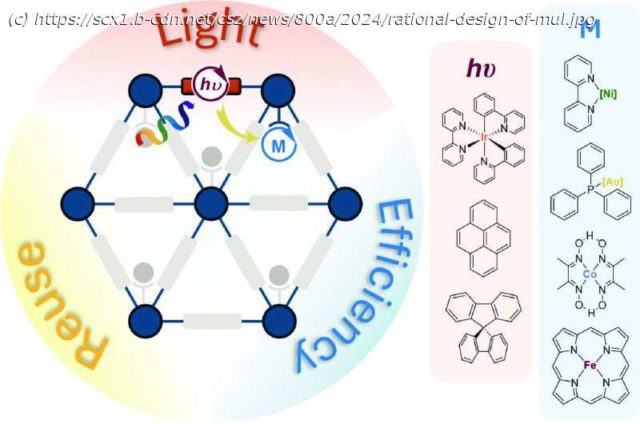The goal of sustainable chemistry has motivated chemists to use renewable energy in chemical reactions, minimizing hazardous waste, and maximizing atom economy. Nature provides a blueprint with photosynthesis, in which carbohydrates are produced from carbon dioxide and water under sunlight irradiation.
The goal of sustainable chemistry has motivated chemists to use renewable energy in chemical reactions, minimizing hazardous waste, and maximizing atom economy. Nature provides a blueprint with photosynthesis, in which carbohydrates are produced from carbon dioxide and water under sunlight irradiation.
However, by relying on a complex system involving multiple enzymes and light-harvesting antennas, this process has intrinsically low solar energy conversion efficiency. Artificial photosynthetic systems have been a long-standing scientific pursuit and offer potential solutions to sustainable chemistry.
A team at the University of Chicago, led by Prof. Wenbin Lin, has been working on developing artificial photocatalytic systems using framework materials—a class of porous materials formed by periodic bonding of metal and organic building blocks.
By using cutting-edge techniques to characterize these materials, the researchers have gained a deep understanding of how such artificial systems function at the molecular level.
Home
United States
USA — IT Designing multifunctional framework materials for sustainable photocatalysis






